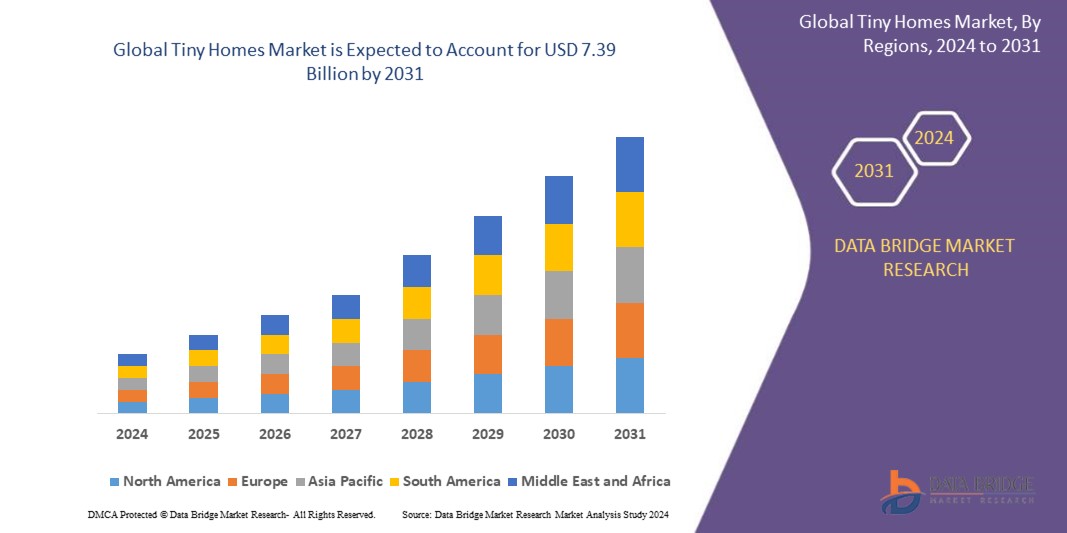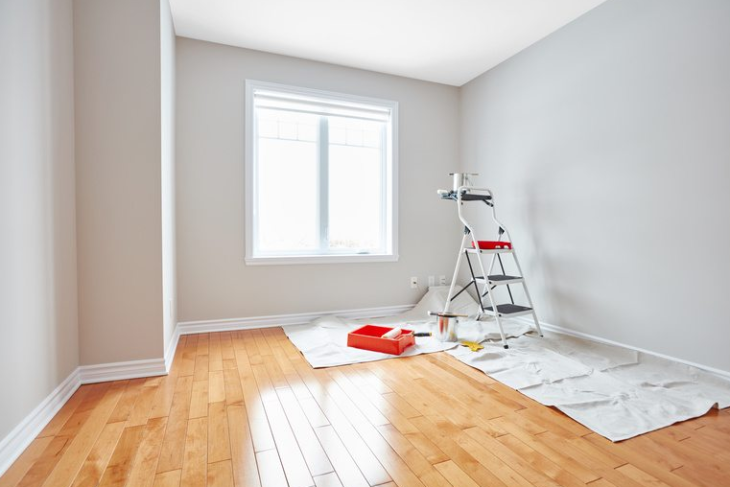
Introduction
The tiny homes market has become a significant trend in recent years as people explore alternative housing solutions. Tiny homes, typically ranging between 100 and 400 square feet, offer a minimalist lifestyle focusing on efficient use of space. These homes appeal to a wide range of individuals, from those seeking eco-friendly and affordable living options to people looking to downsize and simplify their lives. Tiny homes are crafted to maximize functionality, often incorporating clever storage solutions, energy-efficient designs, and eco-friendly materials. This market reflects a shift towards sustainability, affordability, and lifestyle freedom, providing individuals with housing options that meet both financial and environmental needs.
The Evolution of Tiny Homes
The concept of tiny homes is not new but has evolved significantly over the years. Historically, small, compact dwellings were common due to resource limitations, particularly in rural areas or during economic downturns. In the 20th century, small cabins, bungalows, and other compact homes became popular due to their practicality and affordability. The modern tiny home movement began gaining traction around the early 2000s, with individuals and families looking for sustainable and cost-effective alternatives to traditional housing.
As urbanization continued, the rising costs of real estate, especially in major cities, fueled the growth of the tiny homes market. During the late 2000s financial crisis, interest in smaller homes surged as people sought ways to reduce living expenses. The trend continued to gain popularity, with tiny homes evolving to include customized, highly efficient designs that cater to specific lifestyle needs. From eco-conscious millennials to retirees looking for financial freedom, the market for tiny homes has grown significantly. Additionally, the flexibility of tiny homes, which can be stationary or mobile, adds to their appeal. This evolution reflects a broader social shift towards a simpler, more intentional lifestyle.
Market Trends
The tiny homes market is driven by several trends, each contributing to its growth and evolution. One of the primary trends is the increased focus on sustainability. Many tiny homes are designed with eco-friendly materials, renewable energy sources, and energy-efficient appliances. This emphasis on sustainable living appeals to environmentally conscious consumers who are looking for ways to reduce their carbon footprint. Tiny homes often include solar panels, rainwater collection systems, and composting toilets, all of which align with the principles of sustainable living.
Another trend is the rise of the “minimalist lifestyle,” where individuals prioritize experiences and quality of life over material possessions. Tiny homes encourage this lifestyle by offering a space that requires less maintenance, reduces clutter, and promotes a more focused, organized way of living. This trend is particularly popular among younger generations, who are increasingly valuing financial freedom and lifestyle flexibility over traditional material accumulation.
The affordability of tiny homes compared to conventional homes is another key trend. Tiny homes are much less expensive to purchase and maintain, making them an attractive option for first-time homeowners, young professionals, and individuals with lower income levels. As housing prices continue to rise globally, many people are turning to tiny homes as an affordable solution to the housing crisis.
The remote work trend has also contributed to the market’s growth. With more people working from home, there is a rising interest in alternative living spaces that offer mobility and freedom. Tiny homes provide the flexibility to work remotely in diverse locations, making them appealing for digital nomads and remote professionals. These homes can be set up in rural or scenic areas, providing an appealing work-life balance and allowing individuals to live closer to nature.
Additionally, the COVID-19 pandemic has increased awareness of the importance of personal space and homeownership. Tiny homes have emerged as an option for those seeking private, safe spaces without the financial burden of a large mortgage. The market has seen increased demand as individuals prioritize personal spaces tailored to their needs, providing a balance of affordability, privacy, and autonomy.
Factors Driving Growth
Several factors drive the growth of the tiny homes market. Economic factors play a significant role, with rising housing costs, economic uncertainty, and high property taxes pushing people toward more affordable housing options. Tiny homes present an attractive alternative as they offer a lower cost of ownership, less maintenance, and reduced utility expenses. The increasing need for affordable housing solutions is a powerful force propelling the tiny homes market forward, particularly in urban areas where housing prices continue to surge.
Environmental awareness and sustainability are additional growth drivers. Many consumers are now prioritizing eco-friendly products and services, including housing options. Tiny homes meet these needs by reducing resource consumption, minimizing waste, and lowering overall environmental impact. With sustainable construction practices and energy-efficient designs, tiny homes appeal to those who wish to live an environmentally conscious lifestyle. This trend aligns with government incentives in some regions, which encourage sustainable construction practices and offer support for eco-friendly housing projects.
The demographic shift also fuels the market. Millennials and younger generations are increasingly interested in financial independence, mobility, and lifestyle freedom. Traditional homeownership often comes with significant financial burdens, limiting mobility and flexibility. Tiny homes offer a unique opportunity for younger individuals to own property without incurring large debts, allowing for a more flexible lifestyle. This demographic shift, combined with the increasing number of retirees looking to downsize, creates a substantial demand for tiny homes.
The versatility and adaptability of tiny homes further contribute to the market’s expansion. Tiny homes can be used for various purposes beyond primary residences, including vacation rentals, guest houses, and even office spaces. This adaptability makes tiny homes appealing for a broader audience, as they provide flexible, multipurpose living spaces that can meet diverse needs.
Moreover, regulatory changes in several regions are beginning to favor tiny homes, with zoning laws being adjusted to accommodate smaller dwellings. As governments recognize the need for affordable housing options, they are creating policies to allow tiny homes in residential areas. These regulatory shifts open up new opportunities for tiny homes to become a mainstream housing option.
Conclusion
The tiny homes market has evolved from a niche trend to a significant housing solution that addresses modern needs for affordability, sustainability, and lifestyle flexibility. Driven by factors such as economic challenges, environmental concerns, and changing demographics, the market for tiny homes continues to grow. The ongoing shift towards minimalism and the demand for versatile, adaptable spaces further reinforce the market’s expansion. Tiny homes represent a unique and practical approach to housing, offering a lifestyle choice that prioritizes financial independence, environmental responsibility, and personal freedom. As the market continues to develop, tiny homes may play a crucial role in reshaping how people think about housing and community living.













